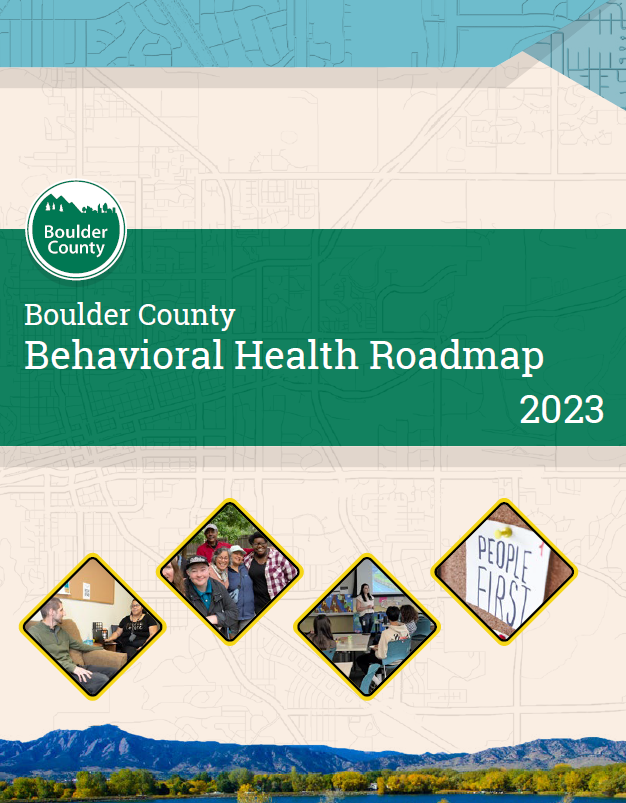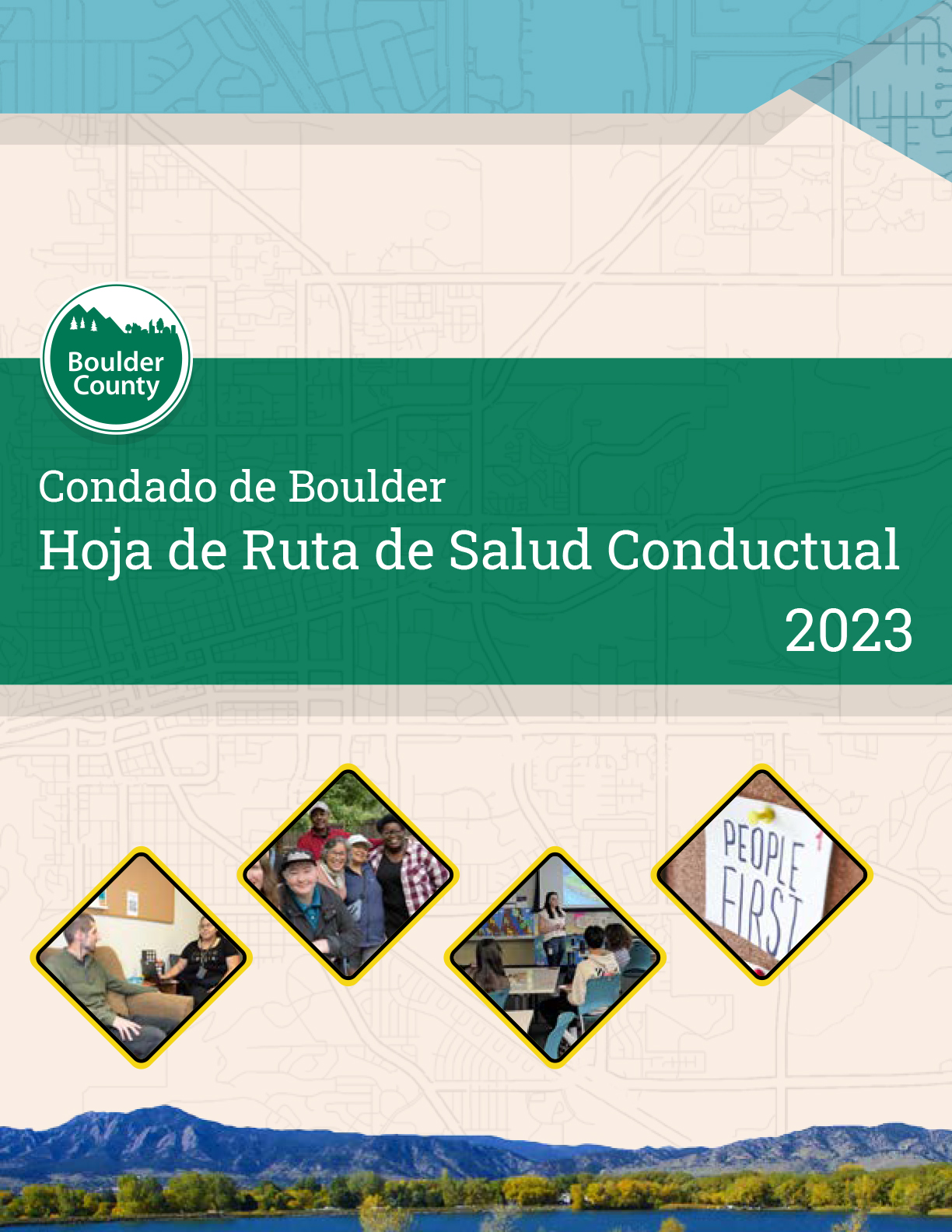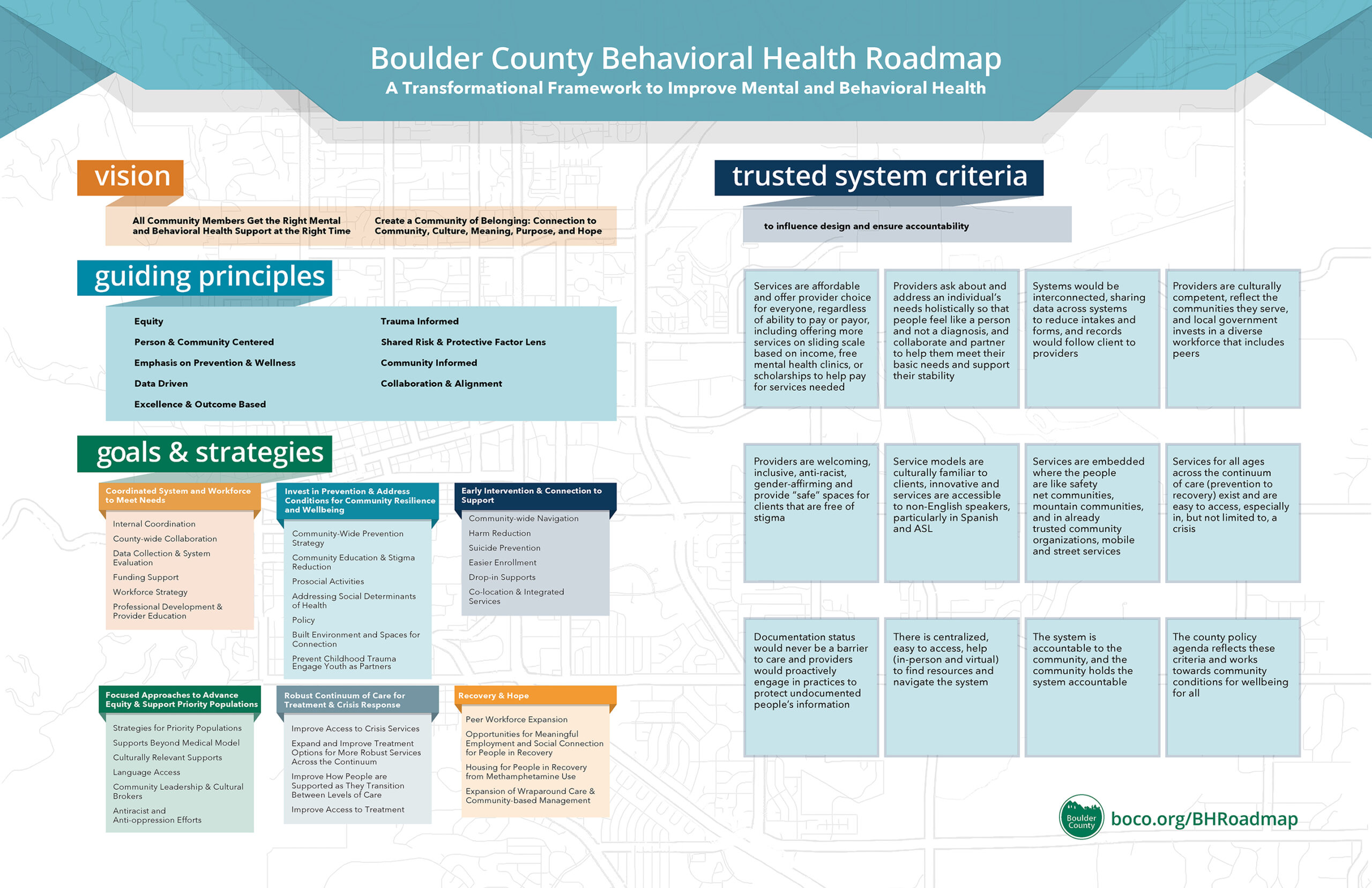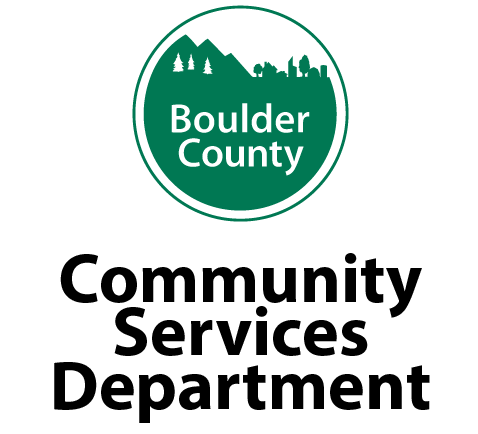The Behavioral Health Roadmap represents a shared vision in which all people can get the right mental and behavioral health supports at the right time and works towards a community of belonging for all. This vision was developed in a highly collaborative manner with the input of more than 600 community stakeholders and is shared across the community. The goals, strategies, and solutions outline a shared direction that can move the county collectively towards this shared vision.
Background Information
Despite multiple past efforts to address needs in Boulder County’s behavioral health system, it continues to be difficult to navigate, has significant barriers to access, and lacks a comprehensive array of supports and services. To advance and coordinate change, the Boulder County Commissioners funded a Behavioral Health Planning Team to conduct an assessment on our behavioral health system and develop a county-wide shared vision for improving mental and behavioral health, known as the Behavioral Health Roadmap.
The Behavioral Health Planning Team conducted interviews and convenings to understand the current local behavioral health landscape and develop solutions through an extensive community engagement process between June 2022 and June 2023.
Engagement Included:
- Over 600 local subject matter experts, people with life experience, and community members participated in the qualitative research process.
- 54 key informant interviews and 34 convenings were held around 13 identified research focus areas.
- Questions were asked in each focus area about behavioral health strengths, challenges, proposed solutions to identified challenges, future hopes, upcoming opportunities to build upon, and equity considerations.
- Proposed solutions were prioritized by participants into high, medium, and low priority. In total, over 700 solutions were refined to 79 high-priority solutions.
- High-priority solutions informed the final six Goal Areas, 36 Strategies, and 88 Solutions in the final Behavioral Health Roadmap.





